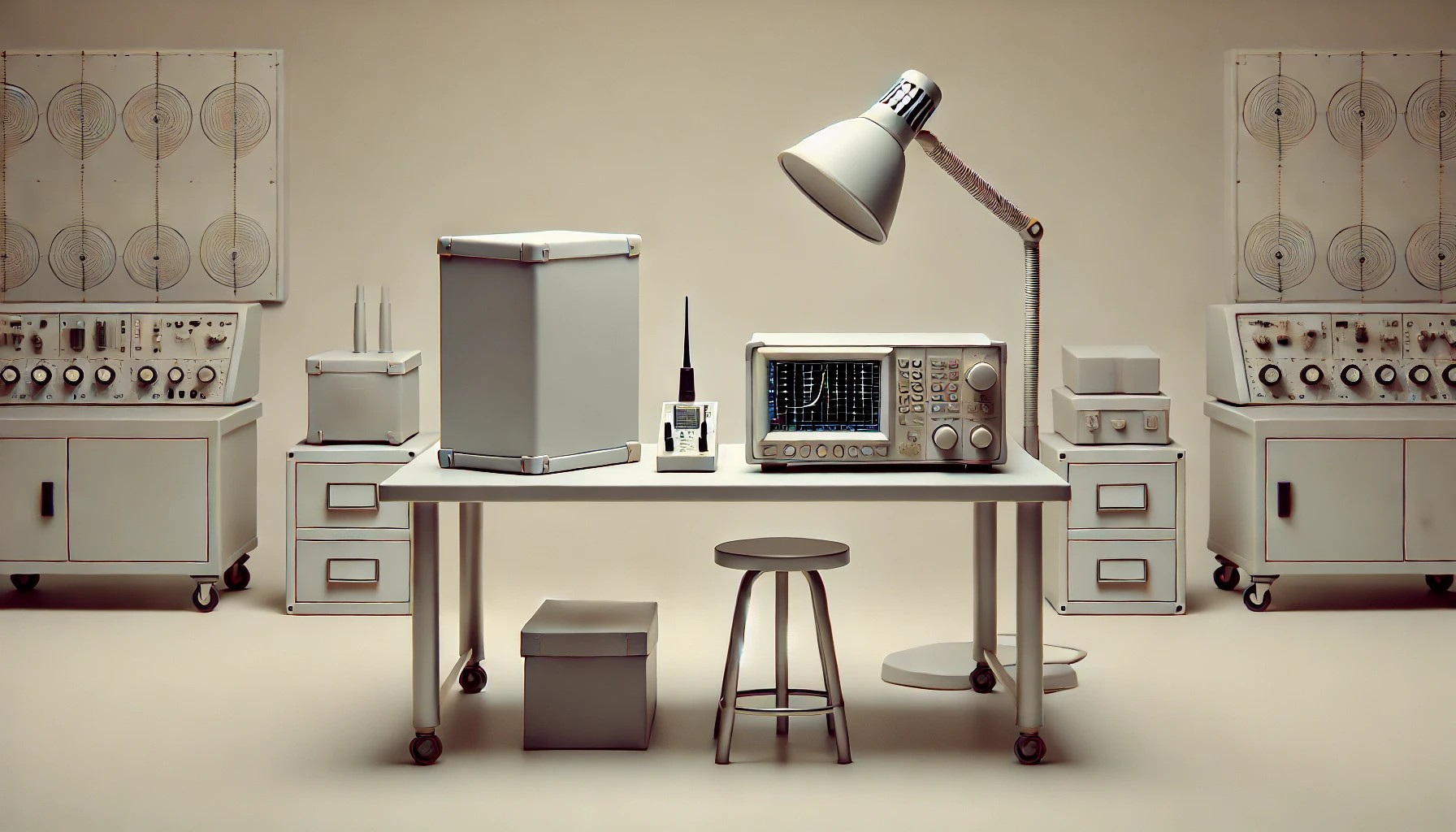Passive EMC filters: relevance and future prospects in modern electrical engineering
Electromagnetic compatibility (EMC) is an essential topic in electronics and electrical engineering. Electromagnetic interference (EMI) can significantly impair the function of modern devices, which is why effective control of these is essential.

For decades, passive EMC filters have been used, which operate on the basis of passive components such as inductors, capacitors and resistors. In view of new technologies such as active filters and digital signal processing, however, it seems reasonable to ask whether passive EMC filters are still up to date or whether they are gradually being superseded by more modern solutions.
Passive EMC filters are based on physical effects such as resonance and impedance matching to block unwanted frequencies. For this, no external power source is required. Typical topologies such as LC, RC or Pi filters have proven to be effective in suppressing conducted and radiated interference. Their advantages are their simplicity, robustness and reliability. They are particularly valued in applications with high power density and strict EMC requirements. However, they also face challenges due to technical progress and the miniaturization of modern systems.
A major disadvantage of passive EMC filters is their space requirement. Particularly inductors often have a large spatial footprint, which can make integration into compact designs challenging. Furthermore, passive filters are limited in their ability to suppress very broadband or high-frequency interference, which is an increasing problem, especially in modern electronic systems. In addition, the cost of high-quality components required in applications with high performance requirements must be considered [1].
In contrast, modern active EMC filters and digital solutions open up new perspectives. They use amplifiers and sensors to specifically eliminate interference. One method is to generate a counter-signal that compensates for the interference, similar to active noise suppression. These technologies prove to be efficient at low frequencies and enable a flexible response to variable sources of interference. Digital filters based on microcontrollers or FPGAs allow a real-time analysis and suppression of interference. They are used especially in systems that already have powerful digital controllers [2].
Despite these modern approaches, passive EMC filters are still indispensable in many applications. In the field of mains filtering, for example in switching power supplies, LC filters are still the most common solution. Their robustness and freedom from maintenance make them particularly attractive for use in industrial environments in which electronic systems are exposed to high loads. Due to their reliability, passive filters are also still preferred in the automotive industry, for example in control units or charging devices for electric vehicles. A study by Fischer et al. [3] shows that passive filters continue to be the preferred choice for variable frequency drives in industry, especially where high power requirements are involved.
The future will lie in hybrid approaches that combine the strenghts of passive and active technologies. One example of this is the integration of passive LC structures with digitally controlled active components, as described in reqports by Fraunhofer IISB [4]. Such systems enable targeted adaptation to the respective interference source, while at the same time utilizing the advantages of passive components.
EMC filters that only fulfil the function of passive filtering should therefore by no means be considered obsolete, even if they are becoming less important in certain areas of application. Their strengths – simplicity, robustness and cost efficiency – continue to guarantee them a firm place in the development of modern systems. Nevertheless, the specific requirements of the respective application must always be taken into account when selecting the filter technology. While active and digital filters are becoming increasingly important in dynamic and highly complex environments, passive EMC filters remain irreplaceable in applications with high demands on reliability and long-term stability.
In summary, it can be said that passive EMC filters are not obsolete but remain an essential component of modern EMC concepts. However, the future will increasingly be characterized by hybrid solutions that combine the best of both worlds. Ongoing research and development in this area promises exciting advances that will expand the boundaries of traditional EMC technologies.
Sources
- [1] Paul, C. R. (2018): “Introduction to Electromagnetic Compatibility”, Wiley.
- [2] Grasso, F., et al. (2021): “Active vs. Passive Filtering: A Comparative Study in Automotive Applications”, SAE International Journal of Passenger Cars.
- [3] Fischer, K., et al. (2023): “Advances in Electromagnetic Interference Filtering for Variable Speed Drives”, IEEE Transactions on Industrial Electronics.
- [4] Fraunhofer IISB (2022): “Hybrid Filtering Solutions for Electromagnetic Compatibility”, Fraunhofer Reports.

